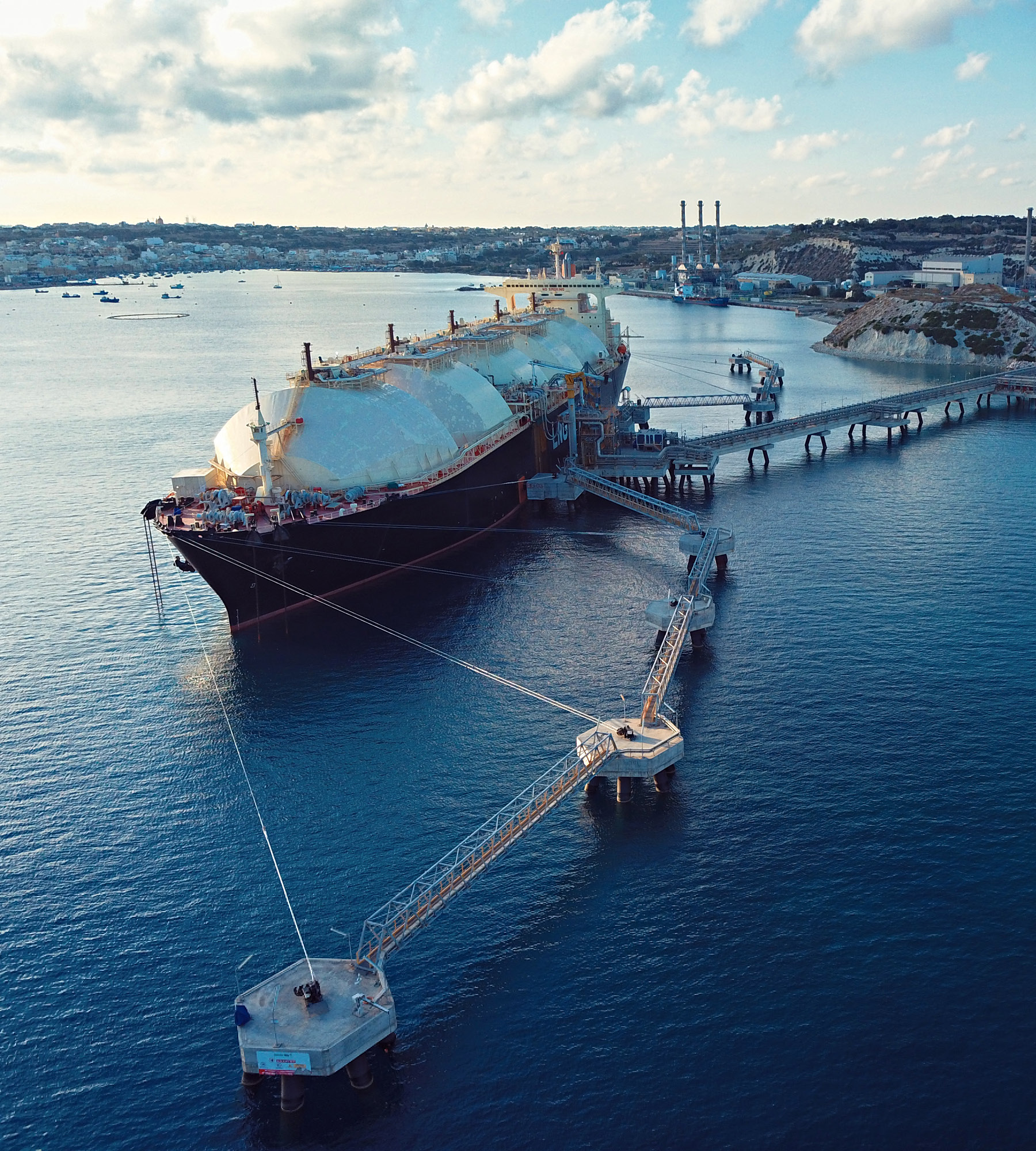Language
You can read the magazine in one of the following languages
Until just a few years ago, large parts of India were under-supplied by natural gas infrastructure. While the country has over 5,700 kilometres of coastline that can accommodate terminals to import the fuel, these facilities were concentrated in Gujarat, in the north-west.
This is where state-owned energy company IndianOil saw an opportunity to better supply the population with liquid natural gas (LNG), which the government has identified as a key fuel in the transition towards achieving net zero emissions by 2070.
So in 2015, the company founded a subsidiary called IndianOil LNG, with the aim of building a new terminal.
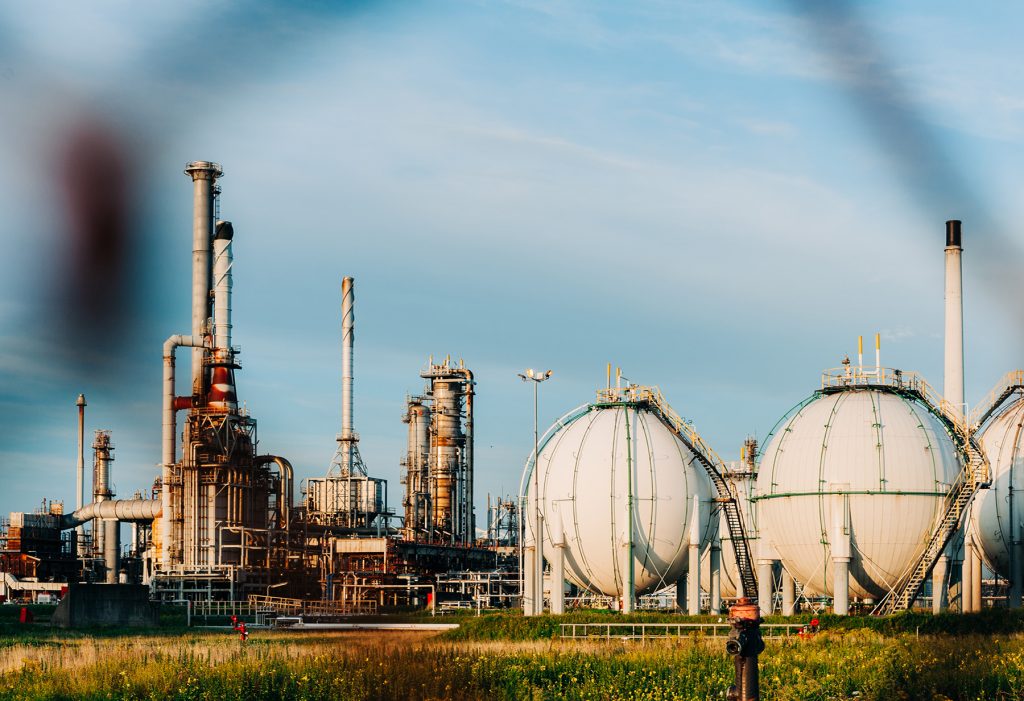
With the Indian market concentrated in the north and west, and the southern part and eastern coast deprived of natural gas, IndianOil made a strategic decision to build a LNG terminal in the southern part of the country.
The company established the terminal in Ennore, a district in Tamil Nadu, with construction starting in 2015 and reaching completion in 2019. This was part of the firm’s long-running ambition to create and manage world-class LNG infrastructure across the country. The company aims to import and store LNG and deliver regasified LNG, or RLNG, on an uninterrupted basis, reliably and safely, to its customers. The reliability of supply to customers is central to the company’s operations.
IndianOil first got into natural gas in 2004, and then spent several years with its leaders in the process of getting to know the industry. Before the subsidiary’s founding, IndianOil did not have domestic gas in its portfolio and had none of the requisite infrastructure, so it was starting from scratch.
The advantage IndianOil had was brand recognition: everybody knew the company’s name. But the flipside of this was that some were sceptical of its involvement in natural gas, since the company had specialised in oil for so long.
Three things are of paramount importance in the natural gas business: availability, accessibility and affordability.
This meant that in addition to building expertise and infrastructure, another key challenge in the early days of IndianOil LNG was to foster and build awareness among the customer base, helping to spread the message that the firm was there to meet a wide range of energy requirements, which included the provision of LNG.
In 2008, the company was handling roughly 1.6 million tonnes of LNG. Today, that figure has risen to five million, and the company leadership is now laying the groundwork to achieve volumes of around 20 million tonnes by 2030.
Three things are of paramount importance in the natural gas business: availability, accessibility and affordability. If you want to market gas, it stands to reason that you first have to make it available in the region you’re targeting.
Next on the agenda is to ensure that there is the pipeline infrastructure necessary to move the natural gas from the supply location to the distribution or consumption point.
After investing in making the gas available with good-quality infrastructure, IndiaOil LNG has to maintain a laser-sharp focus on ensuring the final product is affordable to the end consumer.
With those three goals at the forefront of their plans, the company’s leadership also strives to develop its employees to their full potential while maintaining the highest standards of business ethics. The company is also aiming to be one of the key energy providers in India while continuously improving on its operational performance and maximising shareholder value and customer satisfaction.
These aims are based on IndianOil’s visions and values, which focus on broadening the firm’s horizon, expanding across new vistas, and infusing new-age dynamism among its employees.
In 2008, the company was handling roughly 1.6 million tonnes of LNG. Today, that figure has risen to five million, and the company leadership is now laying the groundwork to achieve volumes of around 20 million tonnes by 2030.
IndianOil LNG has won a bid to build a 1,240-kilometre pipeline through Tamil Nadu, into the southern part of Andhra Pradesh, and then into the eastern part of Karnataka. This presents the young company with an exciting challenge – one that the leadership is confident it can rise to.
At the moment, the company has about 25 kilometres of that pipeline up and running, but it is planning to finish the entire pipeline network by the end of 2022. It is a daunting task, but one that the company is handling well.
Compared to all the LNG terminals in India, IndianOil LNG’s is emerging at a very fast pace. In a short time, the company has already reached a high utilisation number at the terminal, and it has received approval for expanding this LNG terminal from a capacity of five million tonnes to 10 million. This has created a strong sense of forward momentum, and by 2025 or 2026 the terminal is projected to be operating at a 10-million tonne capacity.
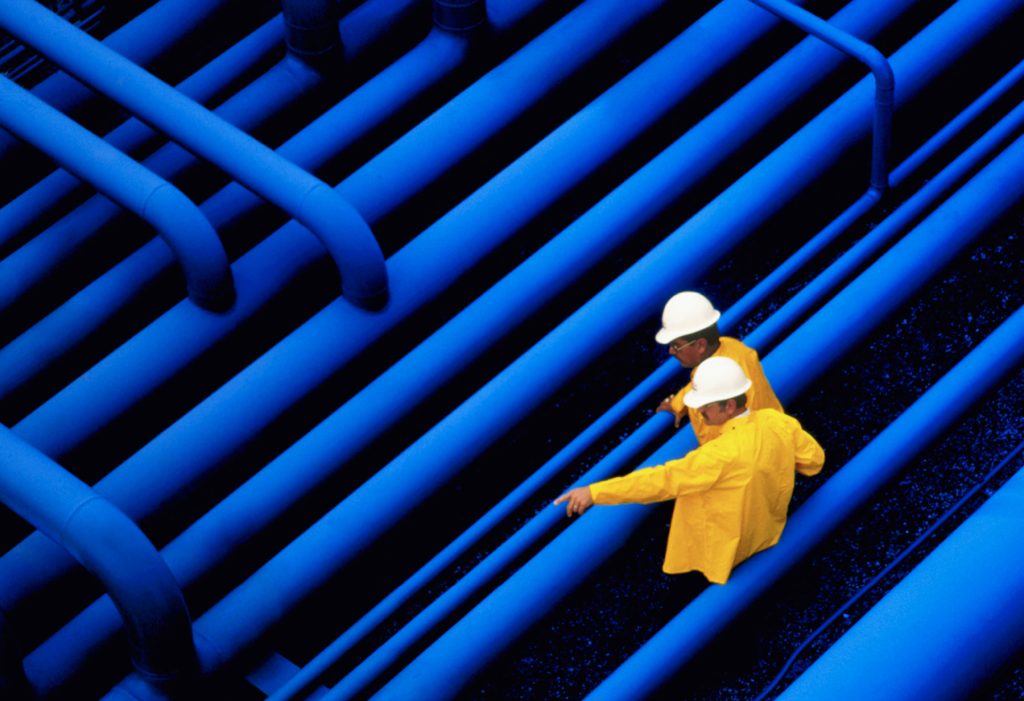
The Ennore LNG terminal gives IndianOil LNG first-mover advantage in the region. By investing in nurturing the LNG import market in the south and east, the company stands to benefit in the long term by carving out a place for itself as a key national supplier of the fuel. This is also in line with the parent company’s and India’s commitment to the United Nations’s Sustainable Development Goals (SDGs).
The seventh SDG goal focuses on ensuring access to affordable, reliable, sustainable and modern energy for all. IndianOil LNG wants to give people access to LNG and thereby provide them with a source of energy that will act as a transition in the country’s path towards achieving net zero emissions. Being a part of that transition is a goal that the entire company’s leadership has taken to heart, and something that informs how they plan for the future.
While carving out this role for itself in the energy transition, IndianOil LNG is seeking to differentiate itself from competitors by building a reputation as a reliable, steady, dependable supplier of natural gas.
IndianOil LNG strives to give its customers confidence, with one of its mantras being to earn customers’ trust – something the leadership feels it has been able to do despite numerous challenges.
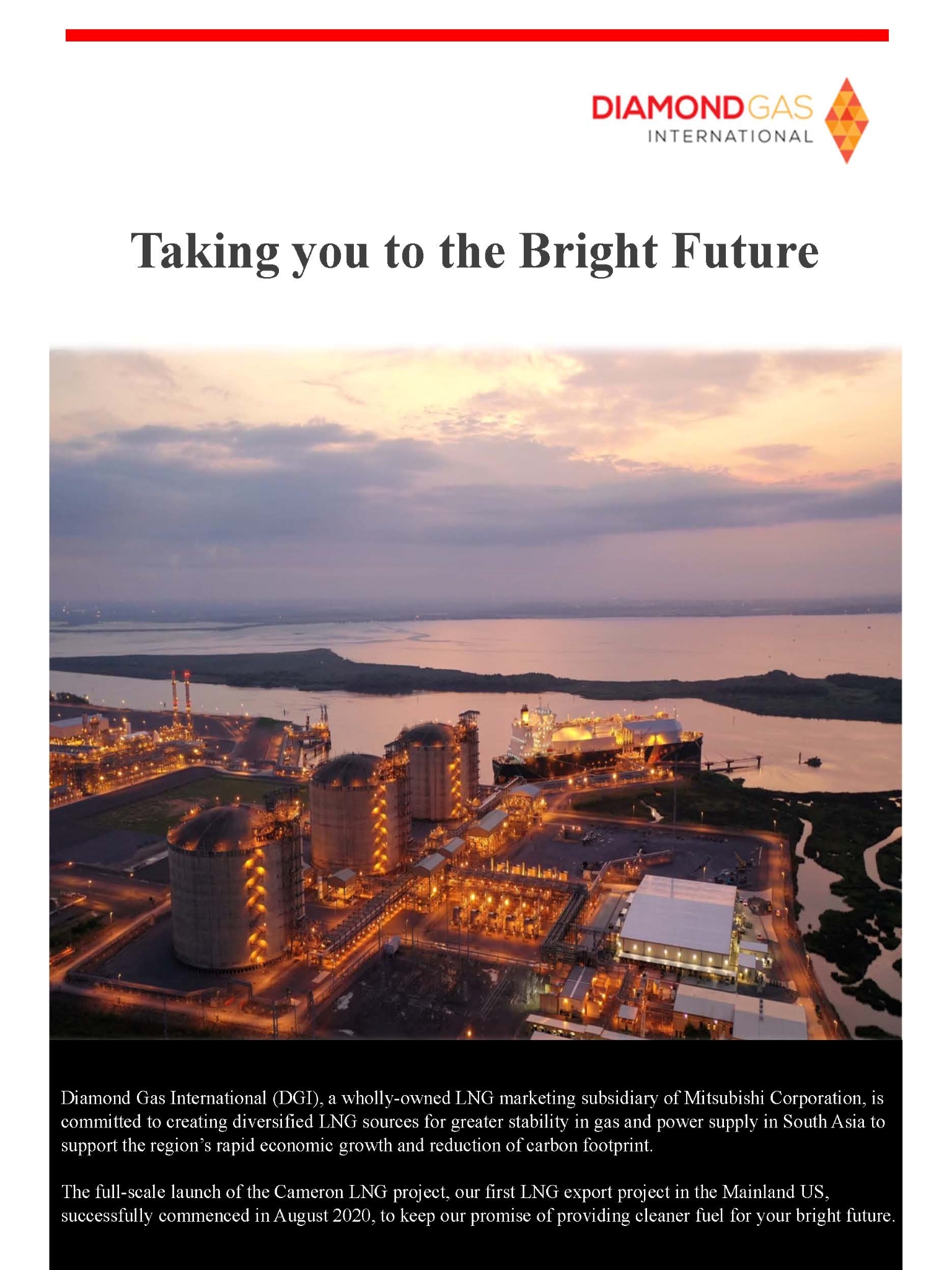
After the COVID-19 crisis hit, the company’s commitment to dependability was tested by rising fuel prices and lockdowns, but it managed to supply all of its customers without interruptions while keeping its prices affordable.
It was able to supply customers with their full requirements, even when price fluctuations made this difficult. And, when the prices went up to US$56 per Metric Million British Thermal Unit, the company continued to stand by its long-term contracts and supplied customers gas at an affordable price.
IndianOil LNG wants to give people access to LNG and thereby provide them with a source of energy that will act as a transition in the country’s path towards achieving net zero emissions.
Showing up for customers and demonstrating affordability and reliability will do more for IndianOil LNG’s reputation than any marketing can alone. In short, the company is trying to create a brand that is based on a deep level of trust in the minds of its customers, enabling them to be confident that there is a supplier who, no matter what happens, will meet their energy requirements.
While providing energy users with this confidence, the company is also trying to maintain the highest standard of operations at its LNG terminal. Safety is of paramount importance, and yet another facet of instilling confidence among stakeholders. Even during the height of the COVID-19 crisis, when the team was working hard to maintain uninterrupted supplies, IndianOil LNG’s leadership saw to it that the health and safety of all its employees was the first priority.
Just as the company works tirelessly to serve its customers reliably, it expects any partners it works with to deliver on its promises consistently. Natural gas is a value chain-driven business, so it is of utmost importance for a company dealing with LNG to maintain cordial, harmonic business relationships and win–win partnerships along the entire value chain.
From the suppliers of the gas to shipping partners to the terminal operator, the pipeline operator and the final customers, it is vital that everything remains in sync, with close collaboration between stakeholders, in order for IndianOil LNG’s operations to run smoothly.

If there is any interruption in one of these links, the entire business model is subject to disruption. If one supplier fails to supply, the entire value chain gets affected. Similarly, if there is an interruption caused by a shipping company, or a terminal link company, or a pipeline company, the end customer – whose entire business may depend on natural gas – will suffer the consequences.
One of the best ways to avoid such disruption and keep the entire value chain working in harmony is to have long-term contracts, which ensure a steady stream of supplies from upstream by giving IndianOil LNG’s partners security and peace of mind about the relationship.
Because India does not have an abundance of its own natural gas, international suppliers are vital to the company’s operations. The company must therefore foster deep and long-lasting relationships.
The company has long-term contracts with both shipping companies and its customers, the latter of which guarantees it a revenue stream so it can use to plan far ahead, while giving the customers the benefit of reliably stable prices.
There is a harmony in this system that ultimately helps IndianOil LNG achieve its goal of getting natural gas to the consumer at an affordable price all year round, without any interruptions, to ensure that their energy requirements are met.
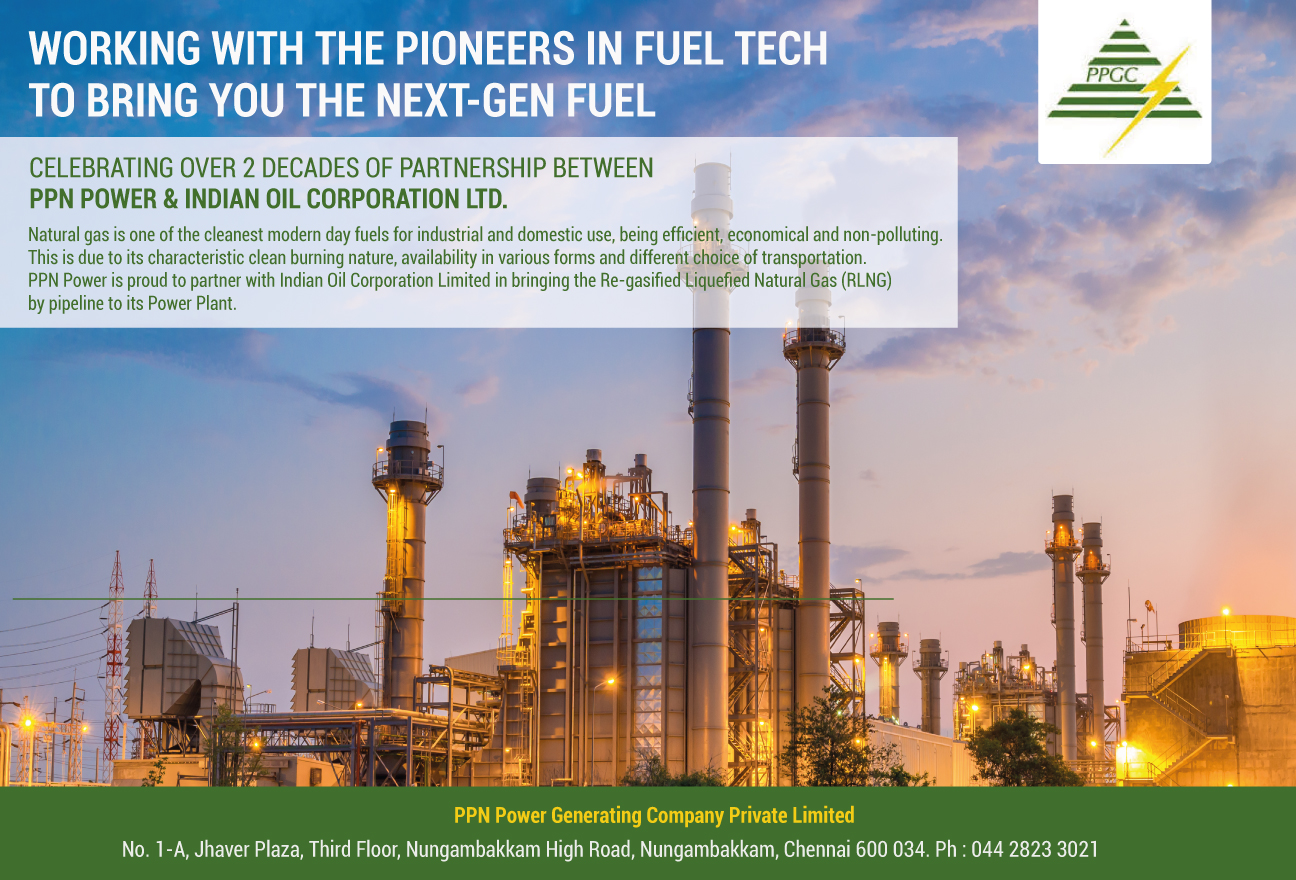
Because India does not have an abundance of its own natural gas, international suppliers are vital to the company’s operations. The company must therefore foster deep and long-lasting relationships with the global suppliers who help to bridge the supply-demand gap, ensuring that these suppliers themselves have sufficient access to reserves.
Because those relationships are so important, IndianOil LNG carries out extensive due diligence before entering a relationship with a new international supplier and only moves forward if it is convinced of the supplier’s capability over the long-term.
On top of ensuring that each contract is with the right supplier, IndianOil LNG mitigates the risk further by having two or three long-term partners who supply the bulk of the company’s needs, securing the rest of the gas from other sources as needed.
The aim is usually to have two-to-three long-term suppliers who can meet 60—65 per cent of the terminal’s requirements. For the remaining 30 to 35 per cent, the company goes back into the market and looks at whichever suppliers meet its requirements in the short-term. It is essential to have a balanced portfolio and a balanced approach among suppliers. This helps to spread risk and avoid major catastrophe if one supplier is unable to fulfil its obligations.
Discipline is important in the supply chain, and there is a strong emphasis on being on time and maintaining a schedule.
While IndianOil LNG’s leadership takes a rigorous approach to maintaining the value chain and holds suppliers to high ethical and business standards, it also recognises that rigidity and inflexibility can be limiting. Discipline is important in the supply chain, and there is a strong emphasis on being on time and maintaining a schedule. At the same time, a little bit of flexibility here and there is also vital in the event that suppliers or other partners experience difficulties. In return, IndianOil LNG benefits from the same level of flexibility and understanding from its partners when it experiences difficulties and needs to change things at short notice.
The end result is an ecosystem in which various partners keep one another working efficiently and hold one another to account, helping to supply millions of people with the energy they need to run their businesses, fuel their homes and get around. And while IndianOil LNG helps people live their lives, this ecosystem is also helping India in its transition towards greener energy.
